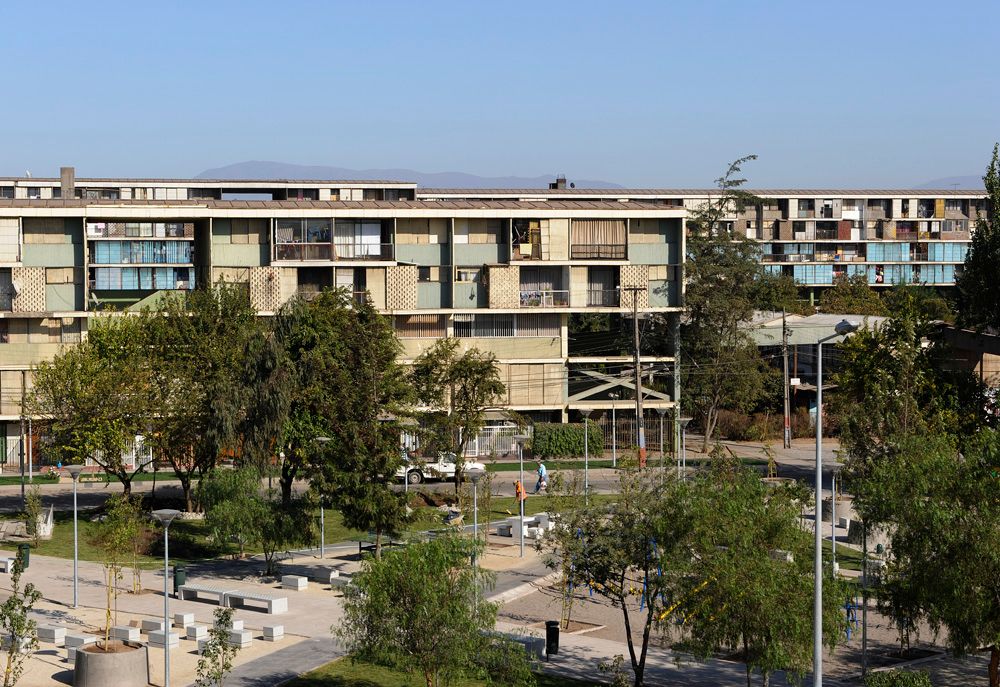
Thermal Standards in Santiago (Chile)
To Regulate or Design Thermal Environments ?
Thermal standards shape the way cities are built and climatically experienced. By establishing the boundaries between interior and exterior, or setting constant conditions in buildings for instance, this normalization creates evermore homogeneous global thermal environments, with little care for local specificities. However, it does not look to simply be a tension between local and global, but rather who the experts and actors are in the definition of norms.
Taking Santiago de Chile as case, I analyse the deviations from so-called objective, rationally defined codes, to ones transformed by architectural, political, cultural or historical contingencies. Three Case Studies will serve to reinforce this argument, nuancing the apparent universality of standards. The first one concerns mass housing production promoted by the State throughout the second half of 20th century. The second Case Study focuses on the importation of international standards, being then mixed up with local practices and regulations. Lastly, I discuss examples of adaptation to & deviation from the standard(s).
All in all, each of these Case Studies put in perspective the evolving role of the architect in design in general, and in urban climates specifically. Based on climatic maps, historical plans, as well as interviews and photographs, they reveal various expressions of thermal standards and regulations in different areas of the city, eras and socio-economic groups. Finally, I try to offer some insights when navigating between reason and experience in thermal governance and climate control.